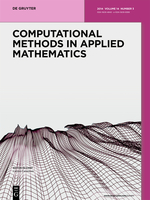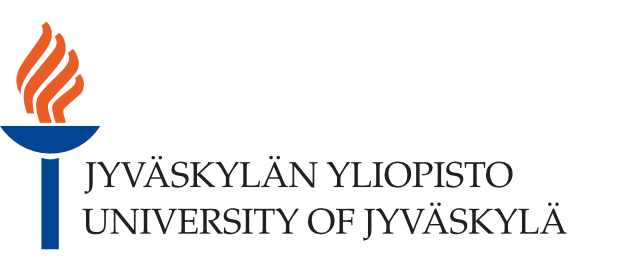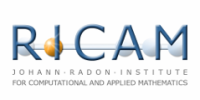History of CMAM-7
In the millennium year 2000, the Institute of Mathematics of the National Academy of Belarus took the decision to start a new international scientific journal. Their main motivation was to strengthen international cooperation between East and West in the field of numerical analysis. A prominent figure in computational mathematics and mathematical physics, the Russian academician Alexander Samarskii, agreed to head the new project; and a little later, the renowned Swedish numerical analyst Vidar Thomée also lent his support. Belarussian businessman Alex Yakoubenia was instrumental in funding the new project.
At that time it was very challenging to establish a new scientific journal; nevertheless the first issue of the journal, called “Computational Methods in Applied Mathematics” (CMAM), appeared in 2001. The journal´s title was suggested by Pieter Hemker, who together with Raytcho Lazarov invested much effort into the establishment and development of the journal. Professors Samarskii and Thomée helped to assemble a prestigious Editorial Board consisting of well-known numerical analysts from all over the world, and CMAM established a high scientific standard under its Managing Editor, Piotr Matus. CMAM’s subject areas include initial value and boundary value problems for differential equations and integral equations that are linked to applied mathematics and mathematical physics. Theoretical contributions, numerical algorithms and computer simulations all lie within the scope of the journal.
In 2011 Carsten Carstensen became Editor-in-Chief of CMAM. His energetic leadership and high scientific reputation have established CMAM as a high-quality journal with a short reviewing time and almost no space restrictions. It has been accepted by Thomson Reuters for inclusion in their Web of Science database, starting with volume 15, i.e., from the beginning of 2015; its citations there will be evaluated and will soon lead to an impact factor for the journal. In the MathSciNet database, CMAM has an MCQ (Mathematical Citation Quotient) of 0.56, while the average MCQ over all journals is 0.40.
In 2003 the CMAM Editorial Board decided to hold biennial international conferences entitled “Computational Methods in Applied Mathematics” under the aegis of the journal. The scope of these conferences coincides with the scope of the journal described above. A goal of these CMAM forums is to establish new contacts and to improve existing links between numerical analysts from West and East. The Editors also regard CMAM conferences as a venue for its editorial board members to meet and to discuss further development of the journal.
The previous conferences in this series took place in Minsk, Belarus (2003), Trakai, Lithuania (2005), Minsk, Belarus (2007), Bedlewo, Poland (2010), Berlin, Germany (2012) and Strobl, Austria (2014). At the CMAM-3 conference in Minsk, Vidar Thomee was named Honorary Editor of CMAM in recognition of his strong influence and committed involvement and his pioneering efforts in starting the journal.
The forthcoming CMAM-7 conference will be organized jointly by the Department of Mathematical Information Technology (MIT) at the University of Jyväskylä, Finland, and the St. Petersburg Department of the V.A. Steklov Institute of Mathematics of the Russian Academy of Sciences, St. Petersburg, Russia. This cooperation between West and East is evidence of the increasing popularity of the CMAM conferences, which are becoming leading international forums for numerical analysis.
The current structure of the CMAM Editorial Board is as follows: one Editor-in-Chief (Carsten Carstensen), four Senior Editors (Ivan Gavrilyuk, Ulrich Langer, Piotr Matus, and Petr Vabishchevich), with Piotr Matus as Managing Editor. In addition the editorial board contains several Associate Editors.
CMAM is a De Gruyter journal. Older papers can be downloaded online and new issues of the journal are distributed by De Gruyter; see http://www.degruyter.com/view/j/cmam.




